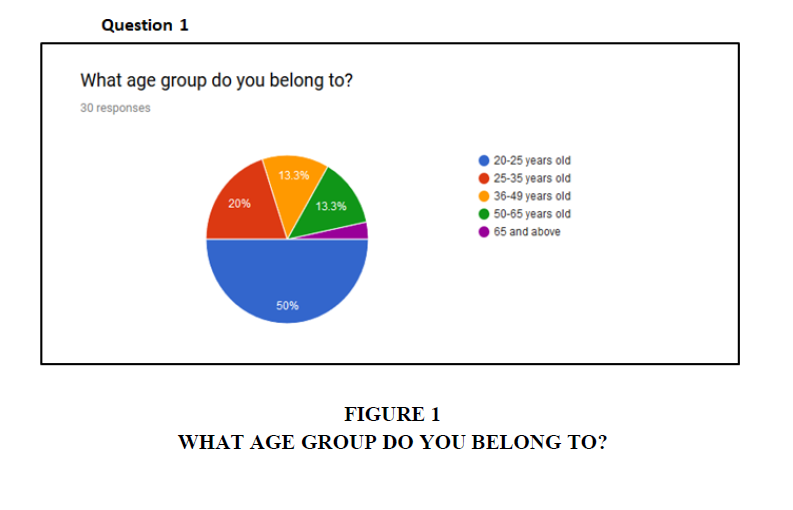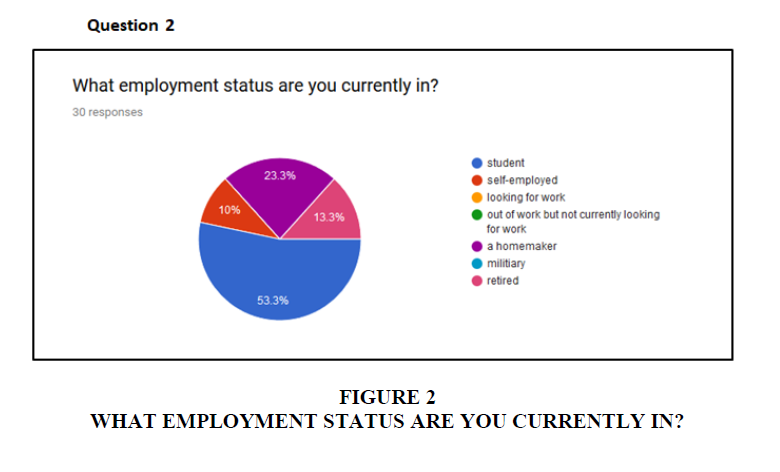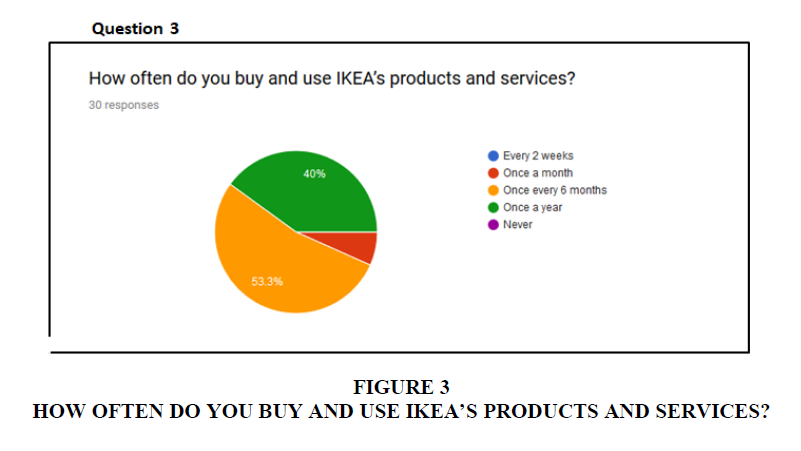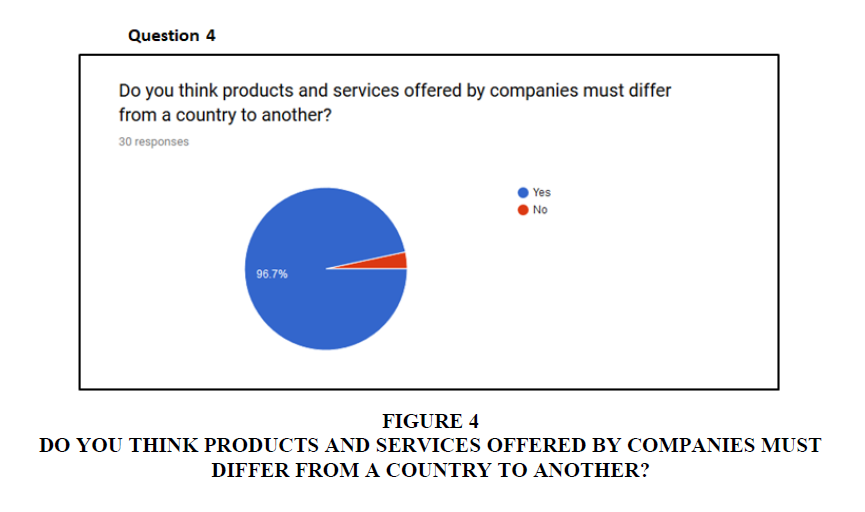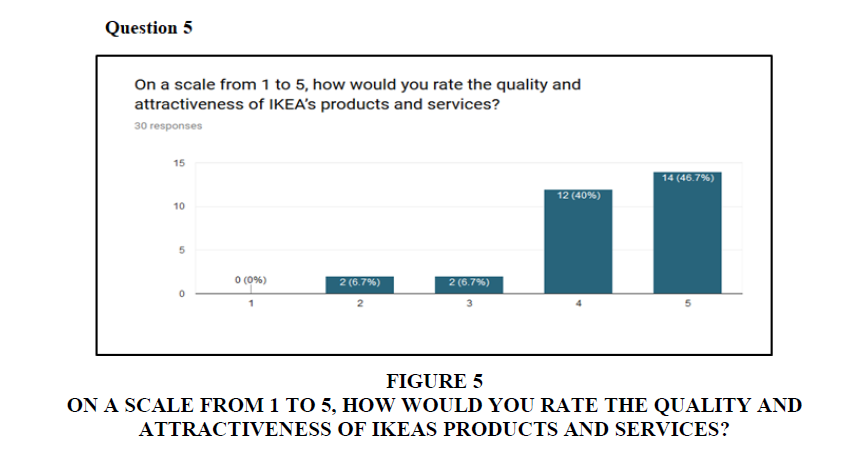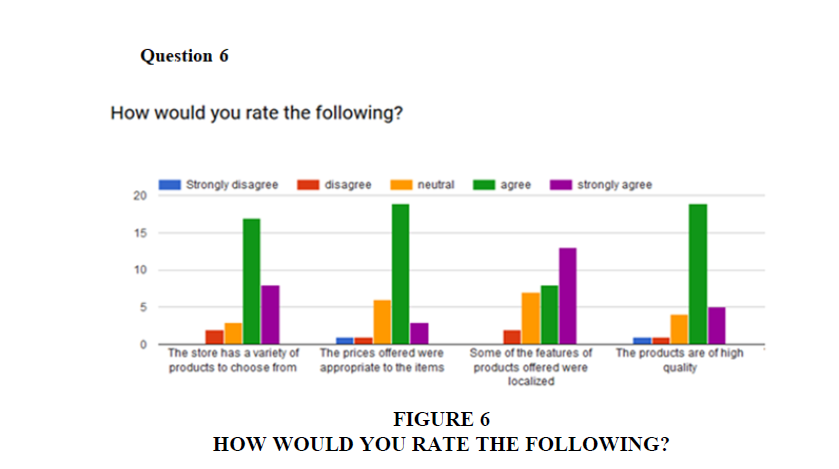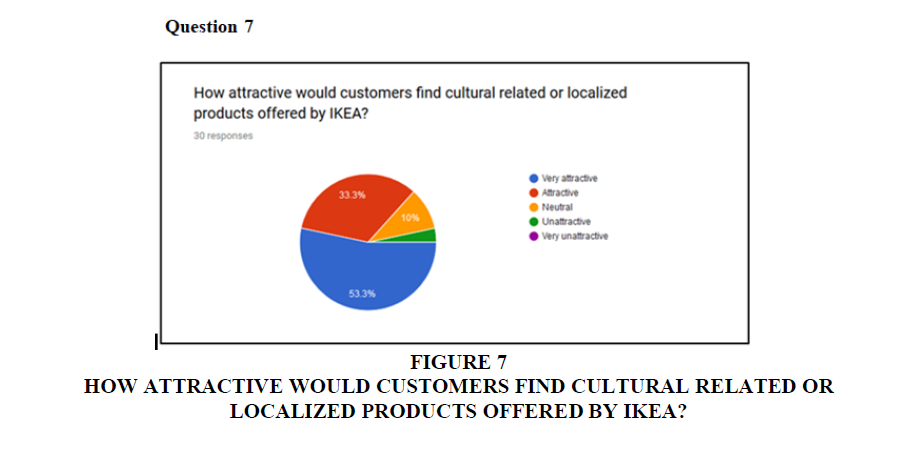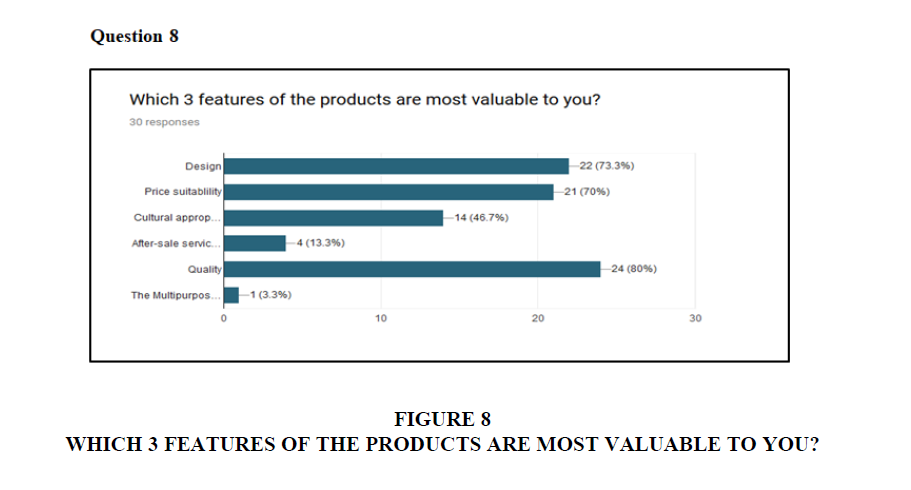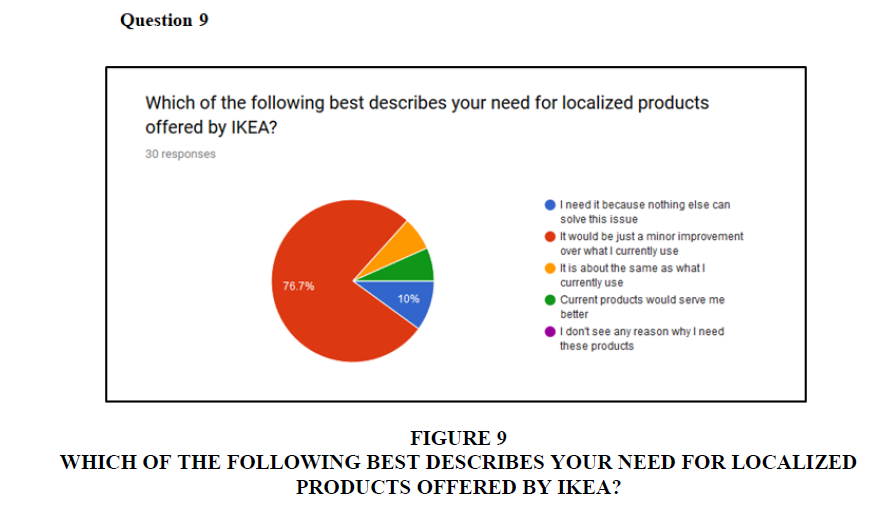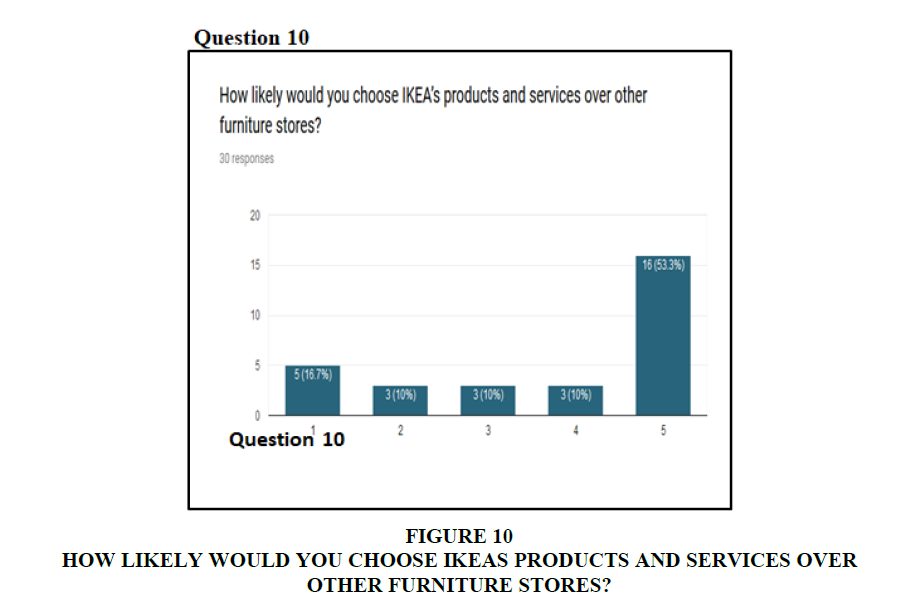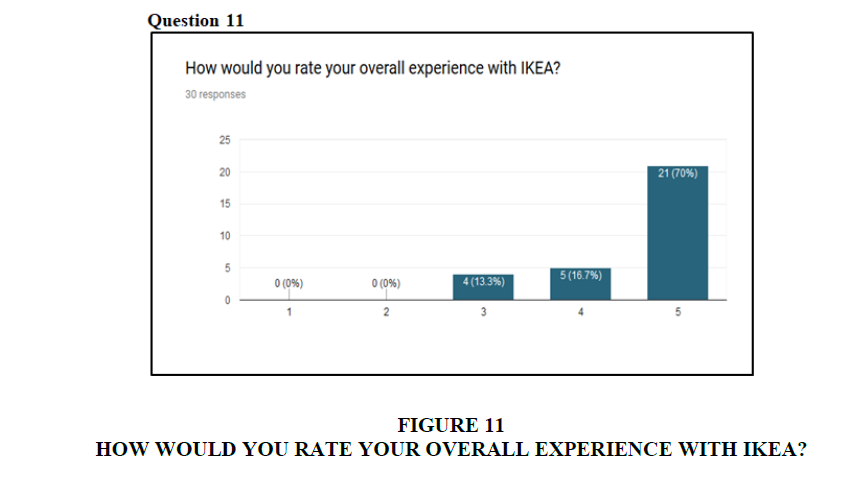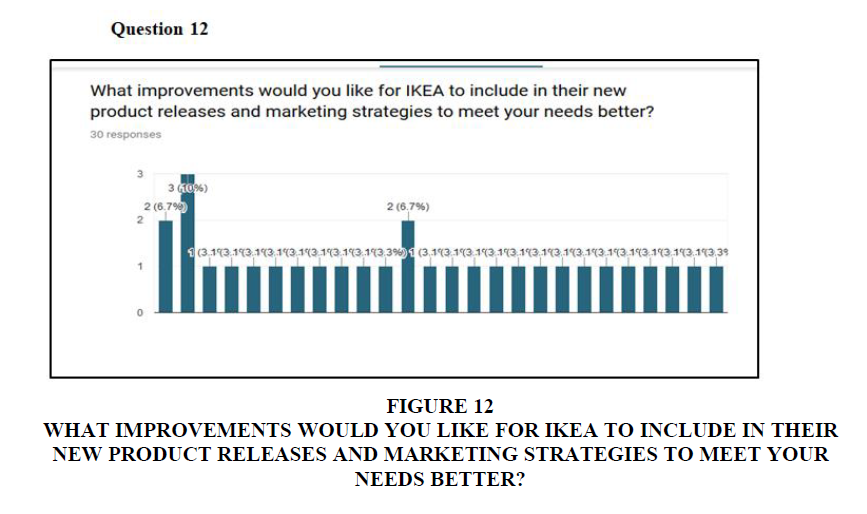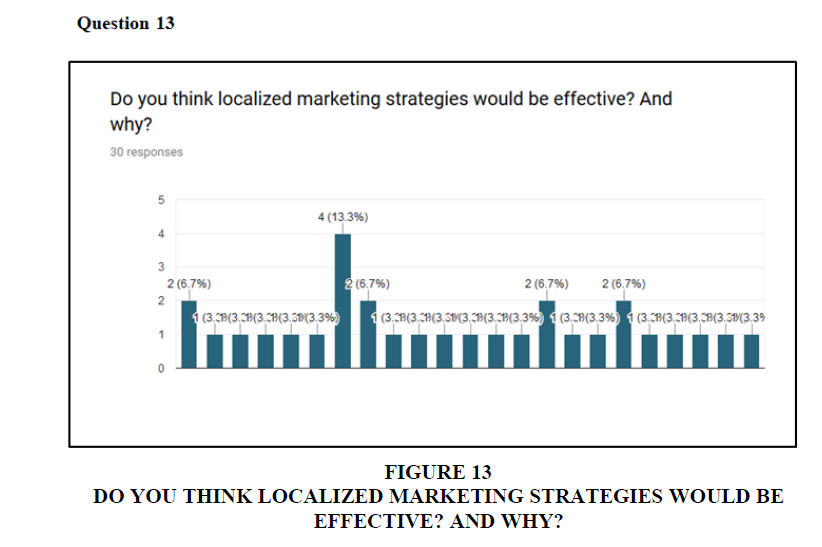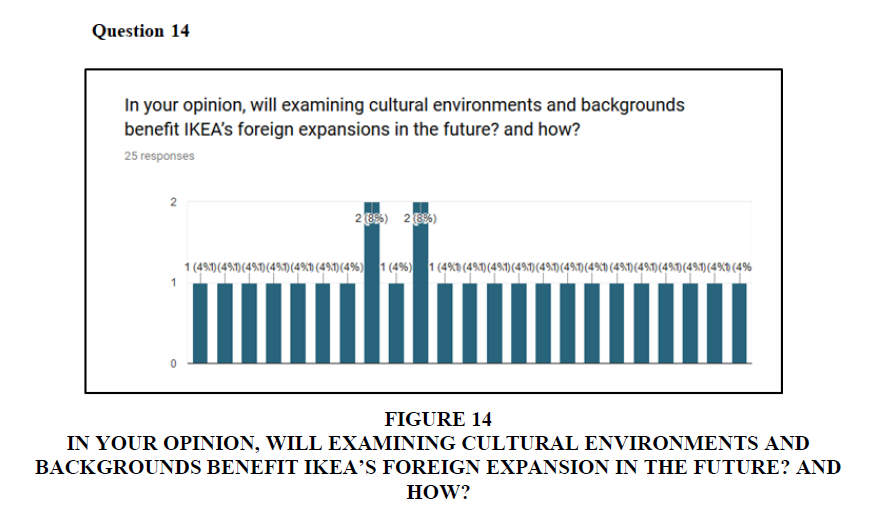Research Article: 2021 Vol: 25 Issue: 1
Analysis of the HR and Customer Related Challenges Faced by Ikea in the UAE Market Due to Cross Culture Differences
Dr. Kalpana Solanki, Higher colleges of Technology, UAE
Abstract
This research paper studies one of the world’s largest multinational furniture retailers which is IKEA. It focuses on how they have faced with some cultural challenges in the expansion into global markets and possible recommendations and solutions brought from customers’ feedback and intensive research. Some of the important things included in the research are the information about the industry and the company, SWOT analysis, the methodology used for this research.
Keywords
Customer Challenges, IKEA, UAE Market.
Introduction
Organization (IKEA)
IKEA was first founded in 1943 by Ingvar Kamprad in Sweden and ever since, it has grown rapidly until it became one of the successful furnishing retailers in the world. IKEA currently has 328 stores operating in 43 different countries across the globe with around 155,000 co-workers. (IKEA Group, 2016) Ikea has identified their unique products is by having flat-packed products that are recognized by their Scandinavian style, they can easily be assembled by the customer and if assistance is needed the company is contacted easily. As the company has a big products lane of around 9,500 products that are almost all flat-packed, it certainly reduces their costs of packaging and transportation.
SWOT Analysis
The below Table 1 have the SWOT analysis for IKEA.
| Table 1: SWOT Analysis | ||
| IKEA | ||
|---|---|---|
| Internal | Strengths | Weaknesses |
| Increasing in the use of renewable materials from 70% in 2010 to 75% in 2012. | Weak market positioning in eastern Asia markets. | |
| Reduced transportation costs by sourcing materials closer to the supply chain by 15%. | Difficulty to maintain quality standards due to their obsessive focus on reducing costs. | |
| Delivering creatively designed products at affordable prices. | IKEA’s brand image has to recover from some ethics related incidents they had to deal with in 2012. | |
| Considered the most valuable furniture retailer in the world with a value of approximately 18billion USD. | ||
Problem Statement and Research Objectives
Research statement is: Analysis of the challenges faced by IKEA in the UAE market due to cross culture differences.
Objectives of the research:
1. Analyzing the benefits of examining the environments and the cultural backgrounds of new foreign markets.
2. To understand the major cultural issues faced by IKEA in UAE.
3. Offering possible solutions and recommendations for IKEA to deal better with cultural challenges in new markets.
Research Questions:
1. What are the possible recommendations for IKEA to overcome the cultural challenges?
2. What are the major cultural challenges faced by companies globally?
Research Methodology
The methodology used to analyze and present this research paper is primary research where online surveys were created and issued to IKEA customers to find out more about their opinions on the cultural issues, face-to-face interviews will also be conducted with foreign customers who felt affected by those cultural differences in the products produced by IKEA. The data collected from the research includes both quantitative and qualitative data, where quantitative information presents measures, amount and numbers that are statistically analyzed. While the qualitative information shows the social perceptions and opinions of individuals, groups and cultures and studying their behaviors. The targeted audience/market that was used in this research includes an online survey that was distributed to random individuals who were interested in IKEA and use the products frequently, and the other one is the IKEA store where random customers who were willing and interested where given a questionnaire to answer interview questions. Both of the target audiences include people from different backgrounds and cultures to understand their opinions on the need for localized products and services offered by IKEA using random sampling. The data collected from the primary research (survey and interviews) is presented using graphs and diagrams and analyzed in details to understand the results clearer.
The primary research was conducted using Google Forms to reach as many people as possible by sharing the link to the survey with people who were interested in IKEA’s products and services in Dubai. A sample size of 30-50 respondents was chosen who were aged from 20 to 65 and above, with a variety of different cultural backgrounds who shared their opinions about the issue discussed and participated in the survey voluntary. Another tool that was used to collect information is interviews/questionnaires given to customers who were willing and available to answer the questions in IKEA’s store in Dubai.
Secondary research was conducted from the company’s official website to gather information about IKEA’s products and services. Other data was from journal articles, newspapers, magazines and online data. In this research paper, an online survey was conducted to gather information with a sample size of 30- 50 respondents using random sampling, who are customers of IKEA. And the quantitative data also presents the demographic data which includes the ages, it also includes the number of times the customers visit IKEA and use the products.
Qualitative data was also collected mostly by using in the interview conducted with customers who were willing to answer .The interview included 14 questions for the customers (Figure 1-14).
Quantitative Data and Qualitative Data
Presentation of collected data
Figure 4: Do You Think Products and Services Offered by Companies Must Differ from a Country to Another?
Figure 5: On A Scale From 1 To 5, How Would You Rate The Quality And Attractiveness Of Ikeas Products And Services
Figure 7: How attractive would customers find cultural related or localized products offered by IKEA?
Figure 12: What improvements would you like for IKEA to include in their new product releases and marketing strategies to meet your needs better?
Figure 14: In your opinion, will examining cultural environments and backgrounds benefit IKEA’s foreign expansion in the future? And how?
Discussion
Analysis of Data
The first three questions of the online survey are general and demographic questions to get to know the customer better, question (1) identifies the age group that the customer belongs to and around 50% of the respondents were between 20- 25 while the other 50% varied mostly between 25-35(20%), 36-49(13.3%), 50-65(13.3%) and only 3.3% for 65 above. The second question shows that the highest percentage is for the younger ages because they are mostly students. The second question is to know the employment status of the customers, 53.3% of the customers are students while 23.3% were homemakers, 13.3% were retired and 10% were self-employed. The third question was to get to know the frequency in which customers buy and use IKEA’s products and services, and more than half (53.3%) buy the products once every 6 months, the other 40% shop for IKEA’s products only once a year, while only 6.7% shop once a month depending on their needs and wants. This showcases that the majority of the customers are students, who are between 20 to 25 years old that buy IKEA’s products once every 6 months.
For question (4) almost all customers (96.7%) agreed that products and services offered by companies must differ from a country to another. In question (5), to rate the quality and attractiveness of IKEA’s products and services, 46.7% gave it a 5 out of 5 while 40% rated it 4 and the other 13% gave it a 3 or 2 rating. In question (6) customers were asked to rate how well they agree with the statements given, few customers strongly agreed that the store has a variety of products to choose from while most customers agreed, while almost 20 out of 30 customers agreed that the prices offered where suitable to the items offered, 13 out of 30 customers strongly agreed that some of the features of the products offered were localized while 7 agreed and 6 were neutral about the statement, 19 out of 30 customers agreed that IKEA’s products are of high quality, and 20 out of 30 customers believed that the staff in stores is very knowledgeable and helpful.
In question (7) customers were asked on the attractiveness of cultural related or localized products, and more than half (53.3%) think it would be very attractive while 33.3% find it attractive and only 10% were neutral about the attractiveness. Question (8) showcases the top 4 features that customers find most valuable in products, the top one was quality which got 80%, second was design with 73.3%, and third was price suitability with 70%, while cultural appropriation got 46.7%. In question 9, 76.7% of customers agreed that getting localized products from IKEA would be just a minor improvement over the current products offered while 10% say it is so important for them to get localized products from IKEA. In question 10, customers believe that if they were given the choice, more than 53.3% would choose IKEA over other furniture stores no matter what kind of products and services it offers, which shows how attractive customers find IKEA’s products and services. For question 11, more than 70% of customers rated their experience with IKEA as 5 out of 5, which shows that IKEA is currently excelling in their field.
The question 12 ,13 and 14 question were related to improvements that customers would like to be included in products and customer satisfaction strategies, and a large percentage of the customers agreed that IKEA must improve the quality of their products, increase their advertising efforts and work on bringing more new products more frequently. When customers were asked for their opinions if localized strategies would be effective, all customers agreed that it would be beneficial for IKEA to have localized marketing strategies to attract more customers because they believe that cultural differences between countries must be understood and met by the company to satisfy customers’ needs. For the 14th question, customers were asked about their opinions on examining cultural environments and background and how it benefits IKEA, and most customers believe that IKEA must conduct intensive research efforts to understand different culture as it would allow them to increase their profits, sales and operations in the designated markets.
Conclusion
This research paper has been based on the study that international companies must focus on localizing parts of their general activities to attract more customers and tailor the HR policies, products to their specific needs, while using standardized strategies used globally that would work perfectly with the markets’ conditions to keep their total costs at a low level while ensuring overall quality of products and services.. The research also studied the importance of understanding the basics about the cultural differences between other regions and countries to appeal to more customers and satisfy their needs with respecting their cultural beliefs.
The research results show the importance of localization and standardization of HR policies, products and services offered by companies and shows customer satisfaction with current products offered by IKEA. The research indicates that IKEA should increase the understanding of the customers’ opinions and behaviors while gaining recommendations and improvement.
References
- Amo, C. (2013). Brand adaptation: How brands like mcdonald's reach different cultures. Retrieved from Chief Outsiders Web site: https://www.chiefoutsiders.com/blog/bid/94476/adapting-brands-for-different-cultures
- Deniz Caglar, M.K. (2012). How IKEA Reassembled Its Growth Strategy. Retrieved from Business Strategy Web site: https://www.strategy-business.com/article/00111?gko=66b6e
- Innovate Education Solutions. (2017). Why Understanding Cultural Differences Is Great For Business . Retrieved from Innov8 Educational Web site: https://innov8.edu.au/understanding-cultural-differences-great-business/
- Katarzyna Twarowska, M.K. (2013). International Business Strategy - Reasons and Forms Of Expansion Into Foreign Markets. Poland: Maria Curie-Sklodowska University .
- Ming-Ling Chuang, J.J. (2011). Walmart and Carrefour Experiences in China. Cross Cultural Management International Journal, 443-463.
- Mohd Suberi, H.A. (2013). The importance of market research in implementing marketing programs. International journal of academic research in economics and management, 7-10.
- Solomon, B. (2009). A swedish company corners the business: Worldwide. Journal of industries management, 4-10.
- Steve Burt, U.J. (2011). Standardized marketing strategies in retailing? IKEA’s marketing strategies in Sweden, UK and China . Journal Of Retailing & Consumer Services, 183-193.
- Van Hardeen C.B.C. (2008). The role of culture in the determination of a standardized or localized marketing strategy. South African Journal Of Business Management, 37-44.
- Whitmore, J. (2016). Cultural differences in business. Retrieved from Business Culture Web site: http://businessculture.org/business-culture/cultural-differences-in-business/
